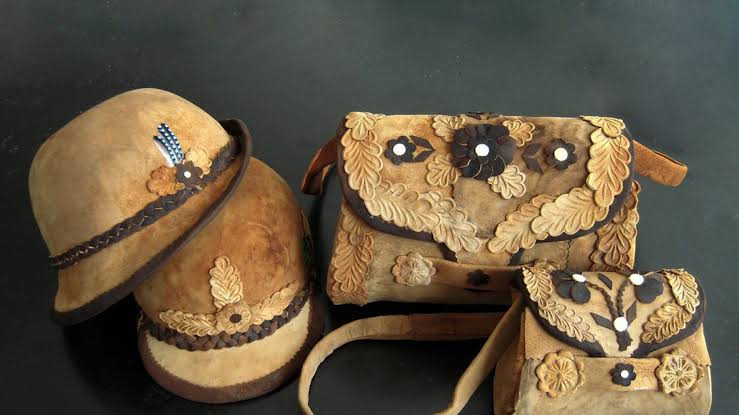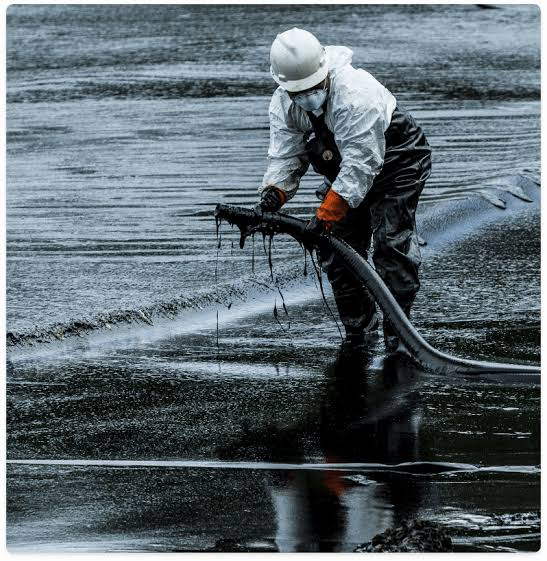Mushrooms have been a staple in the human diet for centuries and have been used for various purposes, including medicine, food, and cultural practices. Recently, mushrooms are also gaining attention for their potential for revolutionary sustainability efforts.
Mushrooms: Leather
Mushroom leather, also known as mycelium leather, is an innovative and eco-friendly alternative to traditional leather, which is typically made from animal hides. The production process of mushroom leather involves using mycelium, the vegetative part of a mushroom, which is grown on agricultural waste materials such as sawdust or corn husks.
Once the mycelium grows, it is harvested and processed to create a durable material that closely resembles traditional leather. The mushroom leather can be easily dyed, shaped, and even embossed to create unique designs.
There are several key benefits to using mushroom leather as opposed to traditional leather. Firstly, it is a cruelty-free alternative that doesn't involve any animal exploitation, making it a much more ethical choice. It is also biodegradable, which means it can break down naturally and does not contribute to plastic waste.
Mushrooms: Coffin
Compared to traditional coffins, mushroom coffins offer several benefits. For one, they are environmentally friendly because they are made from renewable materials and can biodegrade naturally over time, reducing the environmental impact of burial. They also require less energy to produce than traditional coffins, which can be energy-intensive and contribute to greenhouse gas emissions.
Moreover, mushroom coffins are customizable and can be produced in a range of colors and designs, providing families with a unique and personalized option for their loved one's final resting place.
Several companies manufacture mushroom coffins, including Ecovative Design and Capsula Mundi. These companies use various mushroom species to create their products, such as oyster mushrooms and shiitake mushrooms, among others.
Mushrooms: Building material
The idea behind using mushrooms as a building material is to grow mycelium into a solid mass that can be compressed, dried, and shaped into bricks, blocks, or panels. These materials are lightweight, fire-resistant, and have excellent insulating properties.
One of the significant advantages of using mushroom-based building materials is their environmental sustainability. They are made from renewable and abundant resources, require minimal energy to produce, and are biodegradable. Furthermore, mycelium-based building materials have a much smaller carbon footprint than traditional building materials, reducing greenhouse gas emissions.
Mushrooms: Plastic eater
The issue of plastic waste is a significant challenge, but fungi could hold the key to solving it. Scientists have discovered that particular types of fungi can break down plastic materials, such as polyurethane, using a combination of enzymes and pressure. This approach has the potential to transform our waste management methods, making them more sustainable and environmentally friendly. By utilizing the power of fungi, we can address one of the most pressing environmental concerns of our era and create a cleaner, greener planet.
Mushroom: Bioremediation
Certain types of mushrooms, such as the oyster mushroom, can break down hydrocarbons, the primary component of crude oil, through a process called bioremediation(.Bioremediation is the use of living organisms to remove pollutants from the environment). This approach is effective in removing up to 95% of hydrocarbons in contaminated soil. While using mushrooms alone may not be enough to clean up oil spills, it could be a valuable tool when combined with other methods
In conclusion, mushrooms have numerous benefits that make them a valuable friend to the environment. One of their most significant contributions is their ability to decompose organic matter, playing a crucial role in soil regeneration and nutrient cycling. They also act as natural fertilizers and pesticides, reducing the need for harmful chemicals in agriculture. Mushroom cultivation is a sustainable practice that can be carried out in various settings, using different waste materials as substrates.
Moreover, mushrooms have medicinal properties that have been used in various industries such as food, pharmaceuticals, and bioremediation. Their usefulness makes them a valuable resource for promoting a healthy and sustainable environment.
It is evident that supporting growth and supporting steps towards a better environment. As a society, we should continue to explore and utilize the potential benefits of mushrooms, which can help us improve the state of our planet while also benefiting humanity.









Comments
Post a Comment